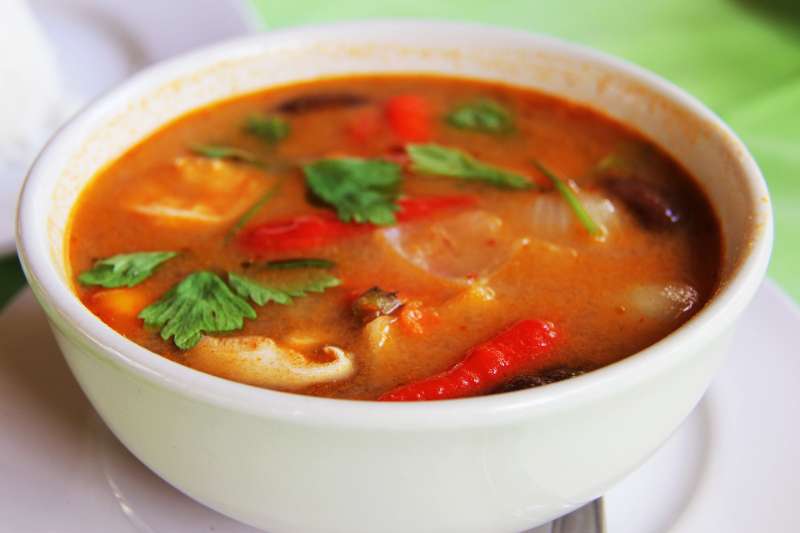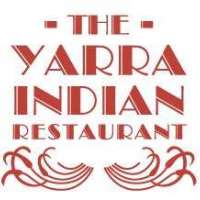Some of these things are similar to one another, while others are curry. Curry is a broad term that is used to describe not only all Indian cuisine but also a lot of Thai cuisine. This broad term is technically correct, in that curry is an exotic, sometimes spicy, saucy dish that contains vegetables, sometimes meat, and is served with rice or noodles. Not all curries, however, are created equal. To be a true foodie, you must understand the distinction between Thai and Indian curry. This information may be necessary for your next meal.
A STORY ABOUT TWO CURRIES
I'll be honest: I used to be a picky eater. In fact, it wasn't until 2012 or so that I tried a curry-based dish – try this recipe for Butter Chicken – and even then, it wasn't until 2014 that I tried curry as a spicy, saucy dish with veggies, meat, and rice. Trying a slightly spicy red curry became an addiction for me. The heat, the flush on your face, the burn on your tongue, the slight sweating, it all becomes an obsession. One thing I can almost guarantee about curry, whether it's Indian or Thai, is that it's never the same twice.
ALL THAI-ED UP
The aromatic curry paste is the star of Thai curry. It is the start of something that will invariably be magical. It's a flavorful concoction that's intense, thick, and moist. All curry pastes are made with the same or very similar base ingredients, which include hot chilies, lemongrass, ginger, garlic, shallot, shrimp paste, and dry herbs such as cumin and coriander seeds, as well as turmeric. There are a few ground rules to making curry paste, which is otherwise a free-form art:
1.Any Thai chef worth his or her weight in curry paste makes their own.
2.To make curry paste, you must use a mortar and pestle. The reason for this is that crushing and grinding produce essential oils that are fragrant and flavorful.
COOK WITH ALL OF THE CURRY'S COLORS
RED
Red curry paste is an all-purpose curry paste that can be used for almost any dish. It has a strong flavor and a light spiciness to it. If you're not afraid of spice, this is a good place to start. The red chilies used to make this paste give it a deep, rich flavor and color.
YELLOW
Yellow curry paste is used in vegetarian curries as well as light meats like poultry and seafood. It gets its bright yellow color from yellow peppers and a generous amount of turmeric, which also makes it sweet and mellow.
GREEN
Green curry gets its bright color and spicy, in-your-face kick from fresh and bright green chilies. Green curry paste curries are sharp, hot, and not as rich or deep as the other two.
INDIAN CURRY IS NAAN-STOP DELICIOUSNESS
Curry derives from the word Kari, which refers to a spice blend brought to the rest of the world by British traders from the British East India Trading Company in the mid-17th century. The spices were pre-mixed and ground before being traded to the British for export; however, curry powder is not found in India. Indian curry powder is made up of coriander, turmeric, cumin, fenugreek, and powdered chili peppers. These ingredients are toasted and hand-blended by an Indian chef, who may add a variety of additional spices depending on where the curry is made and what other ingredients are included in the dish. The British East India Trading Company is also credited with introducing chilies from Mexico and South America to Asian countries. It was then added to curry, causing a sensation that spread across the continent.
KEEP CALM AND CURRY ON
Evidence of curries dating back 4000 years has been discovered in India's Indus Valley. Cooked ginger and turmeric traces were discovered in a cooking pot and on rice grains in the area. Curry is the longest continuously prepared dish in history due to the combination of these specific spices with rice. Unlike Thai curry, Indian curry has a flavor and spice that lingers on the palate, as opposed to green curry paste's one-two punch. Curry dishes are thickened primarily with dal, a purée of chickpeas or other lentils, and because it is a powder, it can be moistened with oil, ghee, or yogurt. Colors are not used in Indian curry to indicate the type of curry being prepared, but the base spices are combined with other spices and ingredients for specific types of dishes. The most popular are:
KORMA
The flavor is mild and the color is yellow. It is filled with almond and coconut powder.
MADRAS
Is your standard hot curry found in most restaurants; the heat level varies depending on the chef and your preference; it has a sour note to it.
PASANDA
It is a mild sauce made with cream and coconut milk that is mostly found in the United Kingdom. This rich, saucy stew is accompanied by almonds and cashews, lamb, chicken or prawns.
Yep, those are the differences between Thai and Indian curry. The Yarra Indian Restaurant is an Indian restaurant that specialized in delicious and mouth-watering indian cuisines. Visit this best Indian restaurant at south Yarra and you will get unforgettable Indian cuisine’s flavour!
Source: Napoleon



































